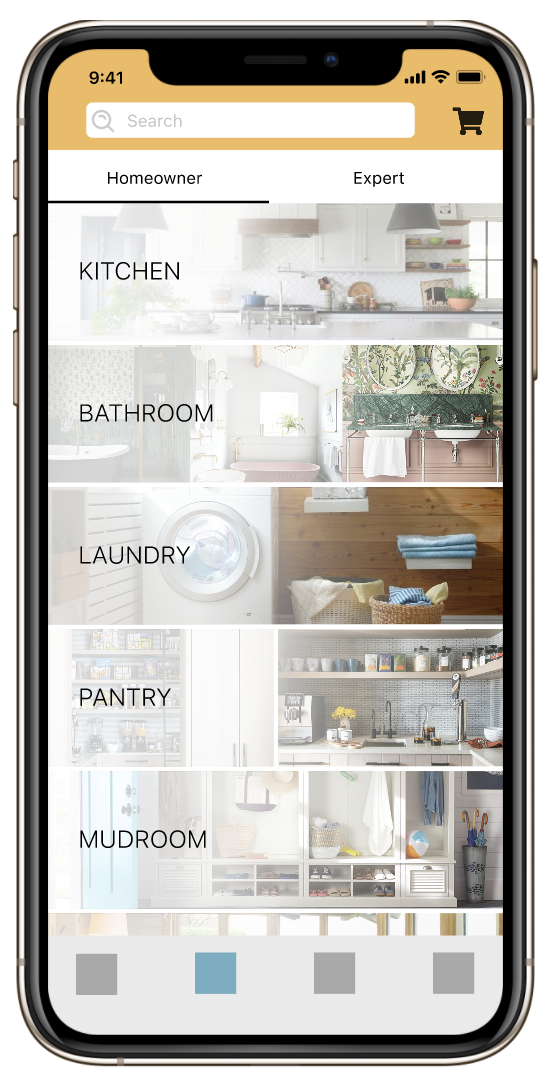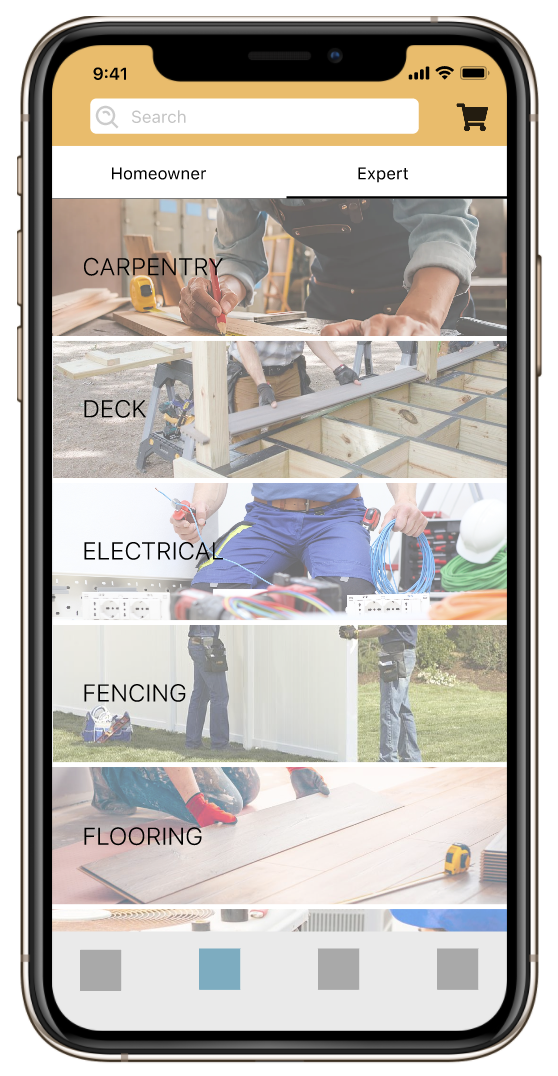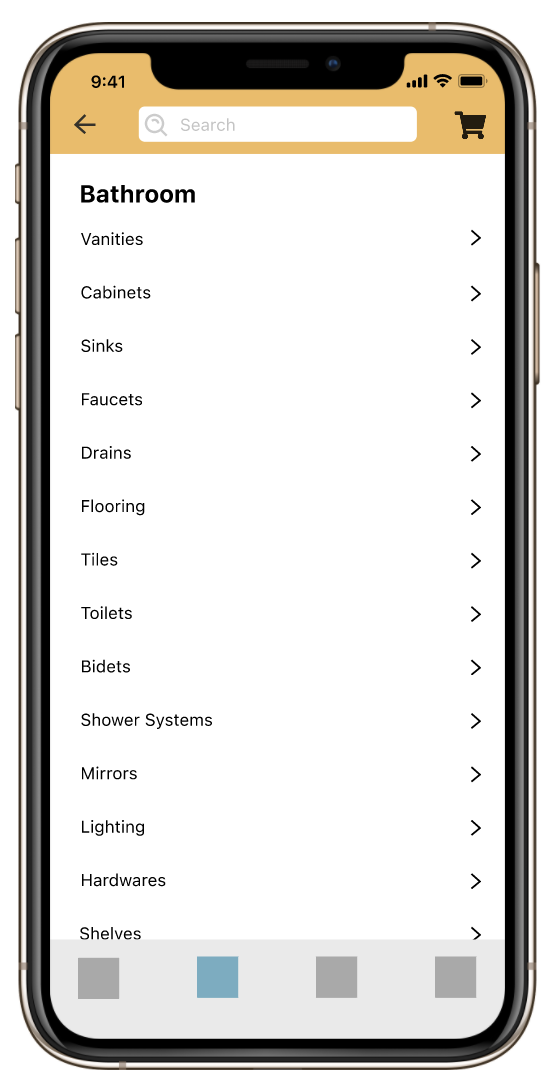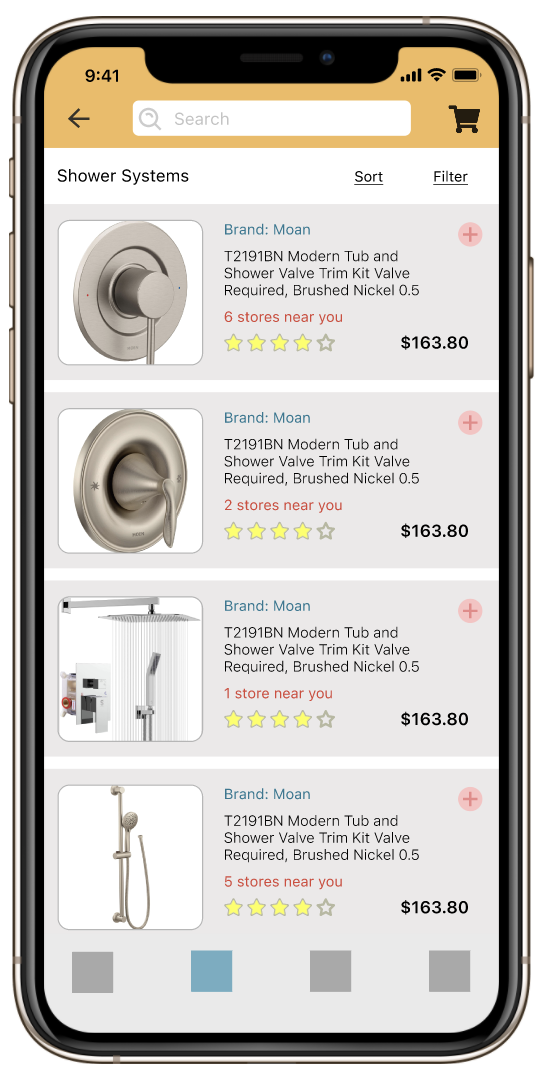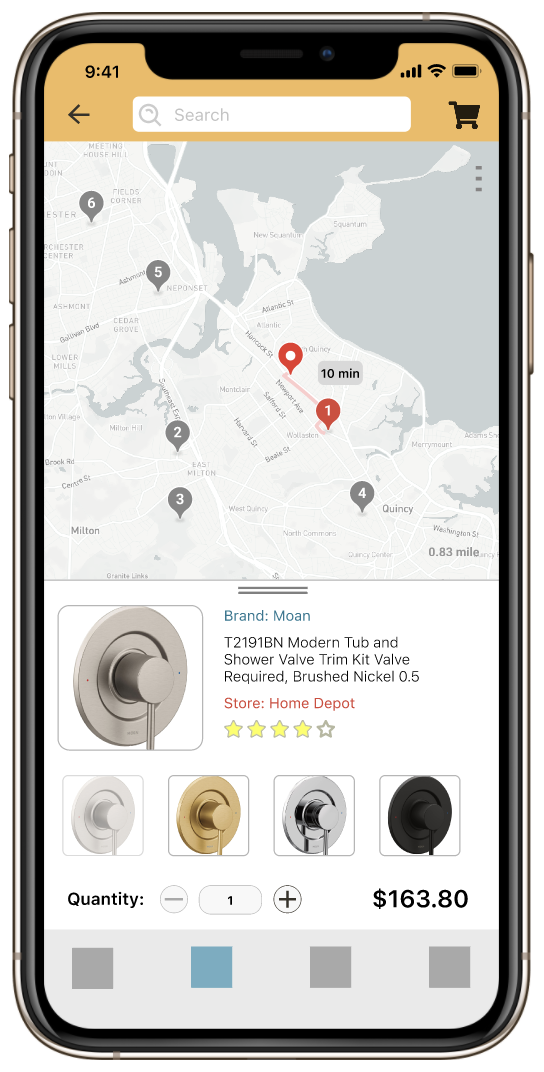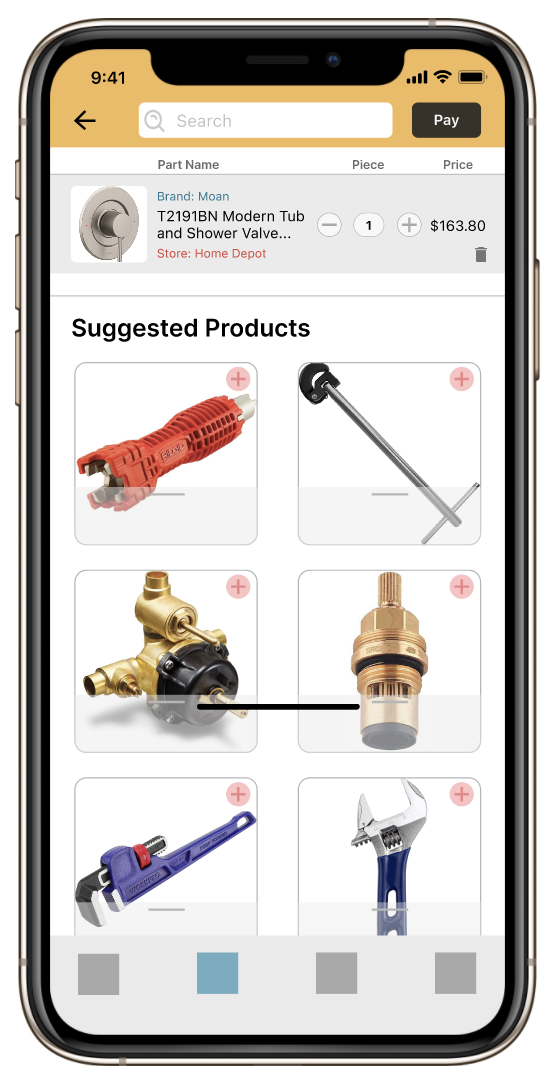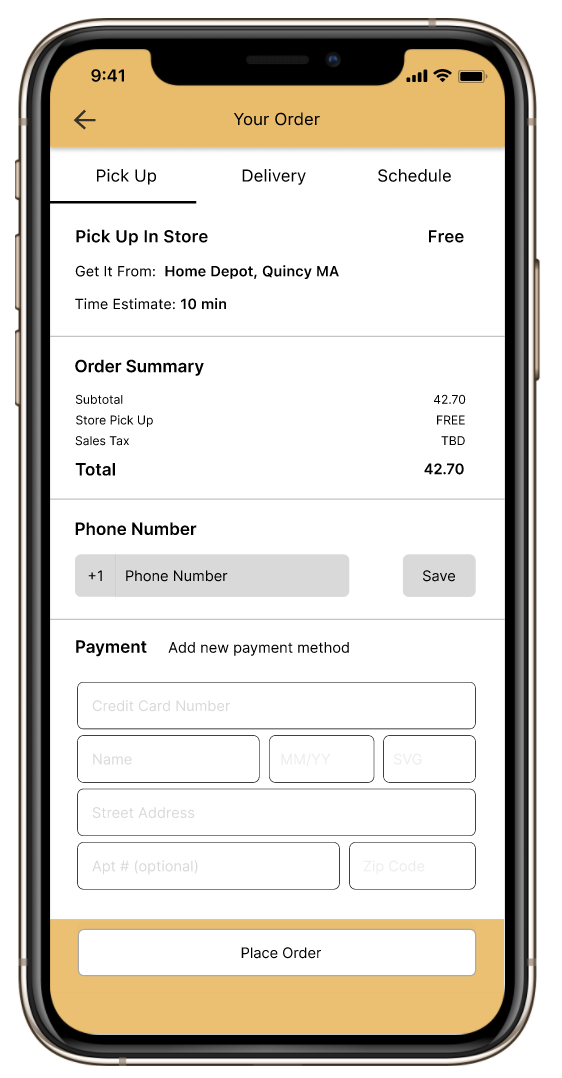Research and Design By: Ruibin Li
Time Line: March - July 2022 (12 weeks)
My Role: Solo student project for Springboard UX Bootcamp
Instructor: Nishant Rai
INITIAL PROBLEM DISCOVERY
Hire a plumber to fix my water heater, and …
Time spend totally: 5hr
Installation: 30min
Time to get parts: 4.5hr
Hourly rate: $180
Total cost: $900
“On this project, reducing the time to get the parts will save me a great deal of money.”
UNDERSTANDING THE PROBLEM
Conduct research to explore the main problem
Based on my research, I found that every family has different problems with the electrical appliances in their home that can affect their daily routine. Once the issue has been identified, they must figure out how to resolve it. Even if some of them know how to fix it themselves, they will probably wait until the critical product is delivered. The expert should check first and then tell you to wait until they get the part if they hire an expert to fix the problem. It may take one or two days to get materials for some typical problems, and an expert can tell you when it will take. There might be a local store that sells the parts. But, it is not always easy to find the product near your location.
“Do we spend more time in traffic to get the product or wait so long for the delivery?
COMPETITIVE PRODUCTS RESEARCH
Competitive applications in the market have NO solution to solve the problem
When I lock the field of the problem, I start to analyze three applications that have related services surrounding this problem. I follow the “10 Usability Heuristics for User Interface Design” from Nielsen Norman Group and dive deeply into the pros and cons of these competitors. But none of these applications have a good solution.
“The excellent solution comes from the user’s expectations! It’s my opportunity to open Pandora’s box.”
USER INTERVIEWS
learn about user expectations and experiences with home improvement
To learn about user expectations and experiences with home improvement, a home improvement interview is conducted. I choose five candidates with different backgrounds, but all have experience in home improvement. Knowing the user’s experience and expectations from other versions is essential. These interviewees will help me to figure out the solution through a similar pain point.
“They may have different experiences or roles, but they all have the same expectation.”
UNDERSTANDING THE USER
Homeowners and experts both want to reduce the time cost of getting the parts
HOMEOWNER
As a homeowner, you have two options when it comes to a home improvement project. Do it by yourself or hire an expert. The homeowner wants to save time and money. He must order all the parts himself and has the necessary knowledge. Suppose he hires an expert to do the project. He could not handle the project schedule and spent more money on it.
EXPERT
As an expert, after finding the problem, he has to figure out where to get the parts and how long it will cost if they spend much time to get the amount that will have no income for the business. OR they want the client to pay for the time, but it is not well to ask the client to pay for the time just getting a small part.
INSIGHT + IDEATION
How might we save the time for the homeowner and expert to find the parts?
How might we help them to get the part more efficient?
Through the research and user interviews, we find many local small stores have good services and supplies, but they are not easy to advertise on google maps. Users find it hard to know if these stores have specific parts. The phone call has an asymmetry of information that will stick the client to get the correct information. Image is an excellent choice to identify the item, but they don’t have a website or mobile app.
Thus, it is an excellent point to make a platform for them to show the products first. The business owner can upload their product data into the platform. So, we can help the homeowner and expert find products in small local stores if they can get the parts near their location. They would like to start to get the effects immediately. It will help them to finish the project without waiting many days.
“Making a platform for local small stores to upload their data and help users find these data near their location.”
INFORMATION ARCHITECTURE
What should I have in my application?
Information Classification
More detailed classification can help users find the target product precisely that they need.
User Story
Creating user stories and deciding which to prioritize for my minimum viable product.
User Flow
I dive into one user flow about the shopping experience to help the user find the specific product near the user’s location.
After collecting the data and ensuring my platform's features, I decided to make a mobile app to help the user find the parts. I sketch to illustrate the idea and initially create wireframes to show the prototype.
“Now, I have got the prototype of my application. I will test with different users to get their feedback.”
USABILITY TESTING
User’s feedbacks can help me to improve the application.
I initially designed the main category at the top bar, and the secondary class stays on the same screen. This design looks a bit mass and is not obvious for new users to catch the target category. Thus, I use the whole page to list the main types and use the home functional classification for homeowners and professional classification for an expert to help them find the variety in their knowledge range.
DESGIN CONCEPT
How should I design the color palette and components?
The Final Application
Thanks for reading!
Link to my full Figma work file here.
For more work inquiries, or want a coffee chat do email me at Liruibin1111@icloud.com















